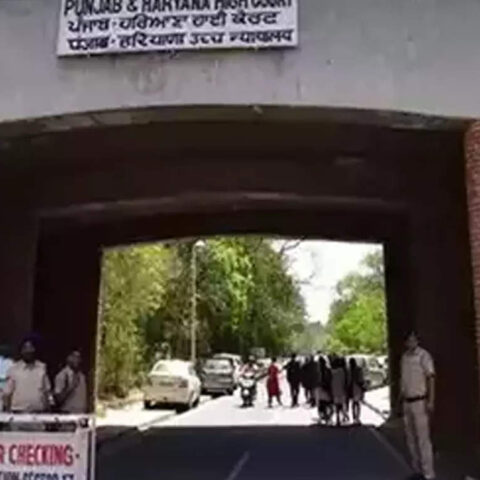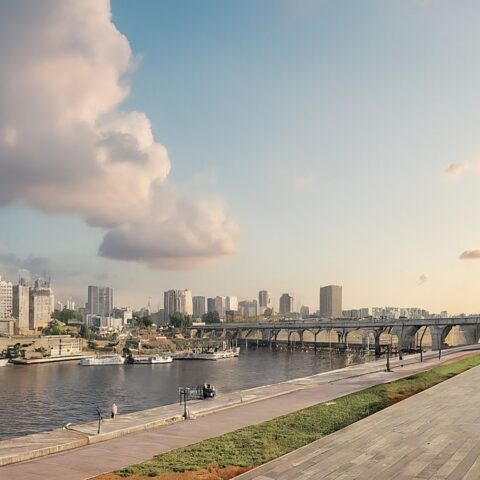Though the ship wasn’t built for speed, it was going a relatively brisk eight knots, or about 9.2 miles per hour. That doesn’t sound like a lot to most people, but a typical loaded freight ship might weigh 165,000 tons (when unloaded, the average might be a still massive 20,000 tons), and the port of Baltimore is a major US hub for the international shipping of vehicles, which are heavy loads. Even at eight knots, the sheer mass of the Dali meant that it threw a massive amount of force against the bridge support—a structure that was primarily designed to withstand downward forces, not sideways forces. In addition, there was a spring tide pushing water out of the harbor, making navigation more difficult and adding even more speed to the Dali as it headed out of port. “No structure would have a chance with so many tons of that,” Attoh-Okine says. “The superstructure itself is very good.”
Civil engineers have been well aware of how vulnerable American bridges are for a long time now. In 1980, in a strikingly similar situation to the one in Baltimore today, a sudden storm microburst made a 20,000-ton freighter lose control and ram into a support column of the Sunshine Skyway Bridge, a beam bridge over Tampa Bay in Florida, causing 1,200 feet of the span to fall into the waters below and killing 35 people. More recently, in 2013, a freight truck’s oversized load struck the overhead structure of the I-5 Skagit River Bridge, a truss bridge in Washington state, partially collapsing it but miraculously killing no one.
Largely in response to the 1980 bridge collapse, the American Association of State Highway and Transportation Officials, the nonprofit organization that sets standards for highway design and construction in the US, published a new set of design guidelines for bridges in the early 1990s that addressed vessel collisions with support piers. Attoh-Okine says he understood the Key Bridge to have been in good repair, up on its standards and certifications and updated to better conform to the AASHTO codes for bridge collisions, but it’s certainly something the National Transportation Safety Board will be investigating.
New standards won’t do anything to prevent the next bridge collapse if the money that’s needed to implement them isn’t spent, Andrawes says, and it’s a crisis that civil engineers in every state in the country are facing right now. “Our infrastructure is crumbling,” he explains. “We saw the $1.2 trillion Bipartisan Infrastructure Law that passed [in November 2021], but we need about $4.5 trillion to be where we should be. We’re so behind on this that we have to catch up soon or we’ll see more of these catastrophic events happen more frequently.”
He adds: “If a bridge exceeds 70 years, you should start thinking of a significant upgrade on the bridge or a replacement. But putting patches on the cracks and assuming that it’ll stay up forever or for another 20 years? That’s simply not going to happen.”







